
Perhaps, there is no more controversial trend in art than geometric Abstract art. It is so different from the usual painting of previous centuries, that makes an equally strong impression, as in the first years of its development. In this article we will get to know closer to the philosophy of this direction and consider the well-known paintings in the style of the avant-garde.
Geometry in painting
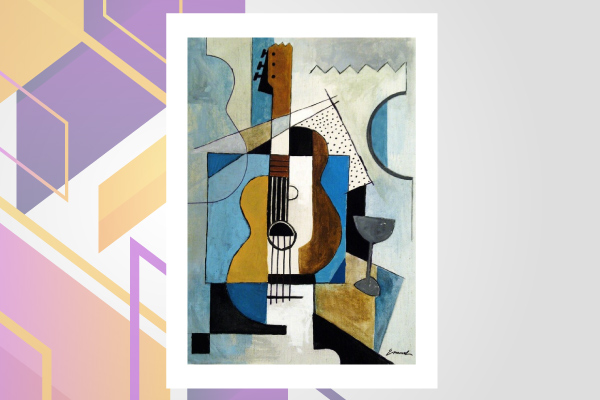
From the very inception of art, geometry was present in it. Albeit in different forms, it left its mark in architecture, sculpture and even in painting. But if at first it was needed mainly for building perspectives to do voluminous objects on the canvas, today there are full paintings with geometric shapes as the main elements.
Without exaggeration, geometry has enriched painting. Many promising directions have arisen on its basis, and it is likely that new ones will be able to appear. At first, humanity decided to portray the surrounding world flat and recognizable. And only then the artists began to reproduce what we actually see, with all its depth and sense of space. And after a while abstractions of famous artists began to convey to us certain promises without even embodying the real picture of the world. It means that the sense of geometry is in the person, and not in the surrounding nature.
Abstraction is called geometric when it consists of clear lines and geometric shapes. Many people think that it appeared in the early ХХth centuries, when the avant-garde entered the arena, but it is not true. In fact, similar works have been found in art since time immemorial, just previously they were not understood and accepted by society.
Back in 700 BC came the flourishing of the protogeometric style in arts and crafts. But only a hundred years ago geometric paintings have finally been presented to the modern public. It was impossible not to talk about them anymore.
Principles of geometric abstract art
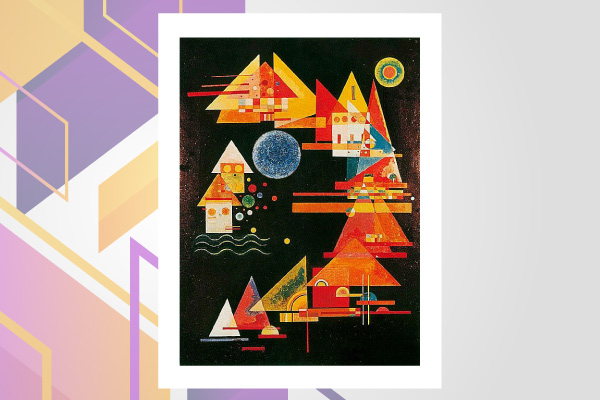
Geometric art is characterized by more than just paintings from geometric shapes: they are distinguished by their subjective location in compositions and completely irrational space. But how did artists come to this? It’s so simply, from a direct protest against generally accepted, overly emotional creativity and even against the three-dimensional image of reality.
Geometric shapes have taken a strong position in art by one reason: they showed the public that painting can cause vivid emotions, represent ideas, put words into the shape without even using recognizable images. In this extraordinary property they found a similarity in the role of music and geometry in art. Now it's not just an artist’s tool, and sometimes even the very essence of the work. It excites the souls of the audience to this day, revealing the facets of our reality every time in a new way.
Artists and paintings in the direction of geometric abstract art
Not only geometric shapes in art marked the beginning of a new creative era, they caused the birth of many different directions: Futurism, Suprematism, Cubism, Precisionism, Constructivism and others. Artworks in these styles inspire young creators and provoke heated discussions even today. Surnames Picasso, Dali, Kandinsky and Malevich are known even by those who are completely far from painting. And it’s all because they gave the world something more than accurate transmission of reality: strong and clear ideas, thoughts, feelings.
Kazimir Malevich
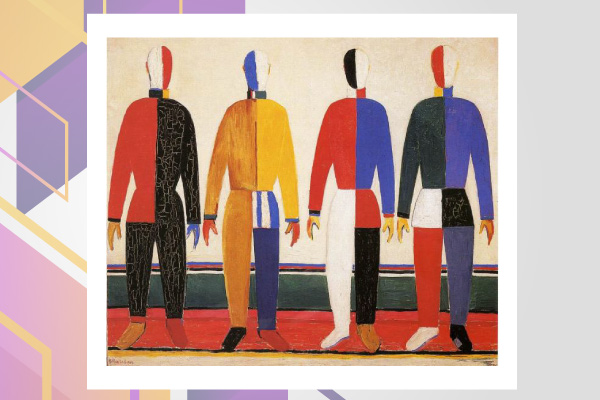
It is impossible not to say about the great master. The founder of Suprematism saw in it the very essence of art, its beginning and end. First he sought to portray the essence of an absolute non-objectiveness. As an example of this can serve the artworks "White on White" and the famous "Black Square". But after a while, the creator began to portray some plots. The painting "Sportsmen" is the same geometry, absolute horizontal symmetry and strict lines and bright-colored blocks. But now there are specific characters and even a semblance of a landscape behind them.
El Lissitzky
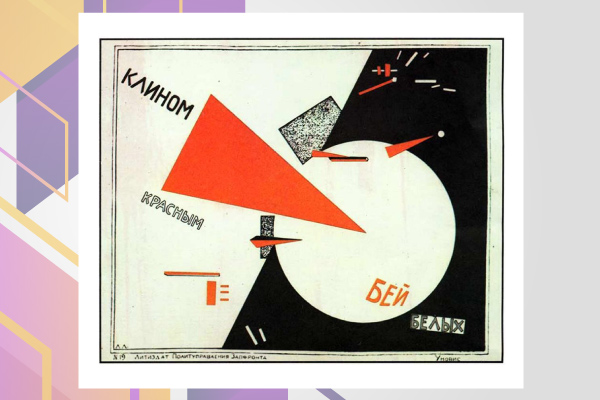
During the Civil War, when neither constructivism nor Suprematism was still almost not heard, Lissitzky was engaged in communist propaganda and supported the Red Army. One of his posters received the strong name «Beat the Whites with the Red Wedge» and carried an equally strong message. Using the minimum of elements, he built a powerful emotional message. This technique, like the artwork itself, to this day is taken as the basis of logos and image elements, as an example of brevity and clarity of self-expression.
Piet Mondrian
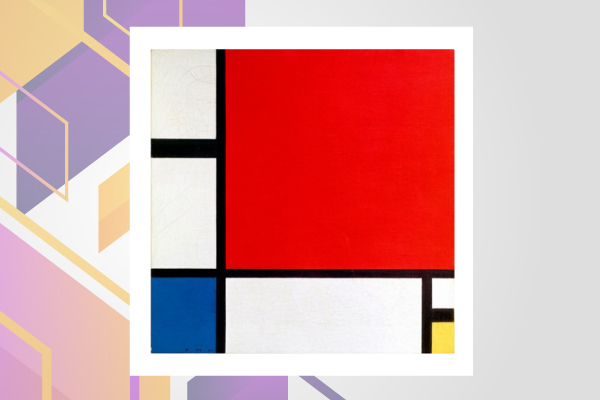
Color, as an emotion, was the main element of Modrian's work. He painted over large areas of the canvas in one clean tone, actively used horizontal and vertical lines, in which he found vibration and rhythm of life itself. The obvious contrast on the canvas conveys a sense of harmony, inherent to the author. “Composition with red, blue and yellow” fully reveals Modrian's artistic style. He argued that "there is nothing more specific than a line, color, plane", and skillfully confirmed these words with his geometric paintings.
By the way, during severe mental anguishes, when he could not return to the dear France because of the First World War, there was born an artwork entitled “Composition No.10 (Pier and Ocean)”. Lack of bright colors exposed his emptiness and melancholy.
Geometric abstract art has been developing for centuries and accepting new forms, finds a place in fashion, architecture, decorative applied arts, inspires new followers. And if you are looking for a new direction for yourself, you can get an idea from the abstractionist’s creativity. After all, they made the whole world to talk about themselves.

The earliest work of Leonardo da Vinci
A small painted tile caused quite a stir among the scientists of the art world. This is because some scholars believe that the recently discovered work is Leonardo da Vinci's earliest known work
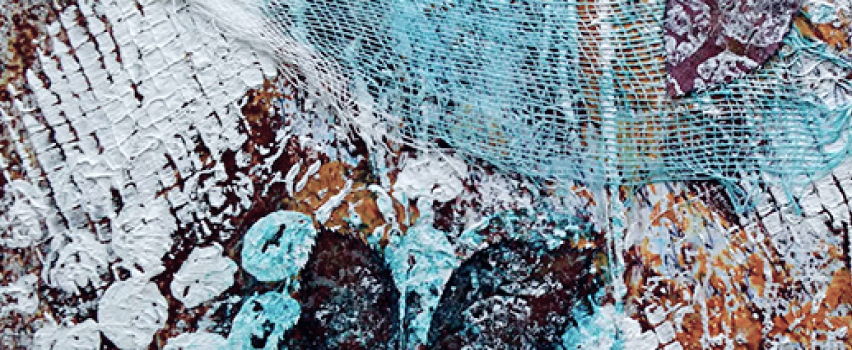
Interesting facts about painting
Paintings hold the secrets of the creator. Sometimes we manage to solve them, but many of them continue to be riddles, or simply stay unnoticed.












Thank you, your review has been sent successfully.
It will be posted on the site after moderation.